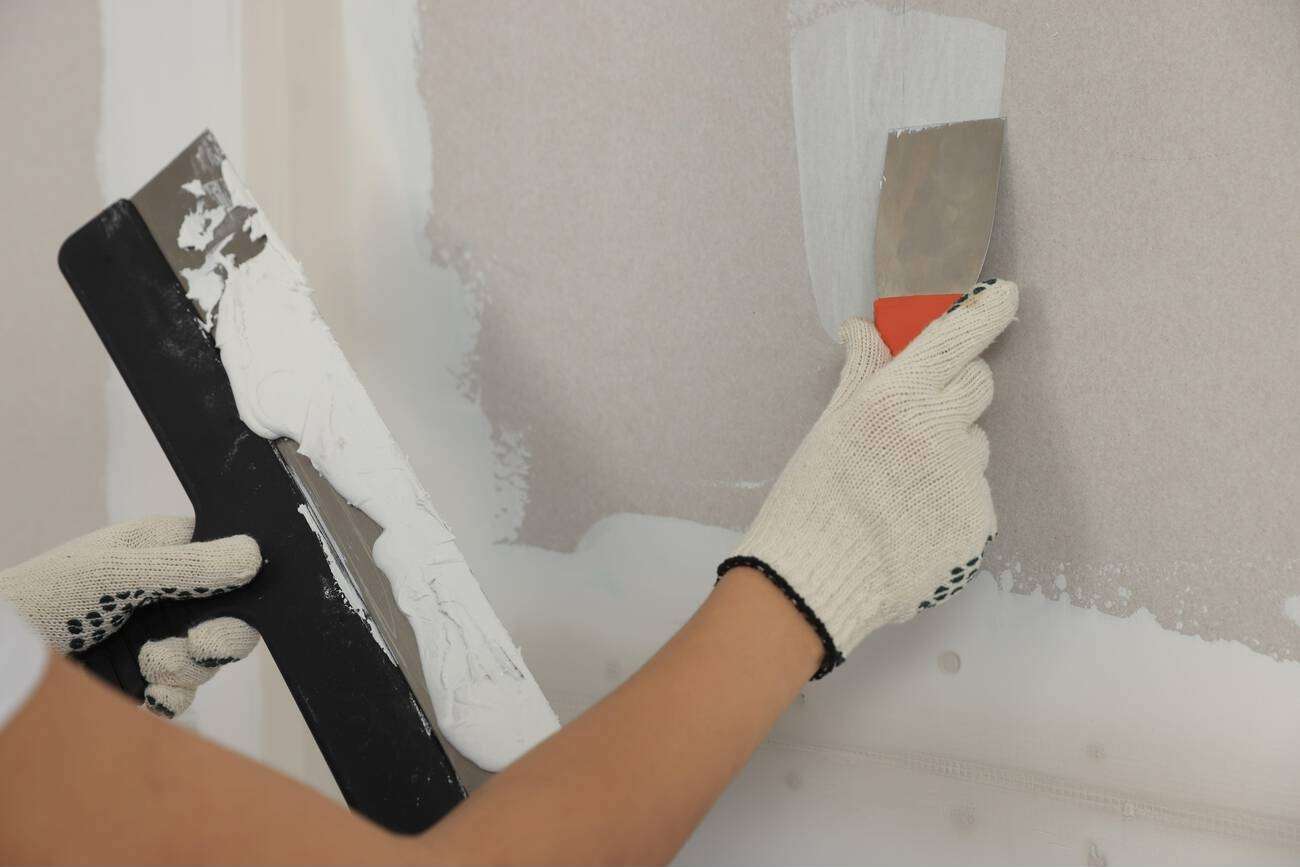
Jun 7,2024
Are you ready to tackle your next painting project but unsure which tools to use? One of the essential tools for any painter, whether you're a DIY enthusiast or a professional, is a durable putty knife. But with so many options available, how do you know which one to choose? In this guide, we'll dive deep into the world of putty knives and help you find the best one for your needs. Let's get started!
A putty knife is a versatile tool used in painting and drywall projects. It's primarily used to apply and smooth out putty or spackle on surfaces, ensuring a smooth finish before painting. Imagine it as a painter's magic wand that helps create those perfectly smooth walls and surfaces.
When it comes to tools, durability is crucial. A durable putty knife can withstand heavy use and pressure without bending or breaking. This reliability means you can work more efficiently and finish your projects better. Think of it like a sturdy ladder - you wouldn't want one that wobbles or breaks under your weight, right?
The material of a putty knife greatly influences its durability. Here are the common materials used:
Stainless steel putty knives are highly durable and resistant to rust and corrosion. They are perfect for frequent use and can handle more rigid materials.
Carbon steel knives are also durable but require more maintenance to prevent rust. They are often preferred for their flexibility and strength.
Plastic putty knives are less durable but are ideal for lightweight tasks. They are inexpensive and disposable, making them perfect for one-time use.
Composite putty knives combine various materials to balance durability and flexibility. They are often designed for specific tasks.
When choosing a durable putty knife, look for the following features:
A flexible blade allows for the smooth application of putty, especially on uneven surfaces.
A comfortable, ergonomic handle reduces hand fatigue during extended use.
Rust-resistant materials like stainless steel ensure longevity and ease of maintenance.
Different blade sizes cater to various tasks, from small detail work to ample surface coverage.
Here are some top-rated durable putty knives that have won the hearts of painters:
This knife features a full-flex blade that bends to a perfect 90-degree angle, making it ideal for applying compound smoothly. The ProGrip handle provides a comfortable and secure grip.
Known for its durability, the Red Devil putty knife has a high-carbon steel blade that offers flexibility and strength. It's perfect for various painting tasks.
This putty knife is built for durability and ease of use. It has a rust-resistant stainless steel blade and a comfortable soft-grip handle.
Hyde Tools offers a reliable putty knife with a flexible carbon steel blade and a comfortable handle, making it a professional favorite.
This multi-functional tool includes a putty knife, scraper, and more. Its durable construction and ergonomic design make it versatile for painting projects.
Selecting the perfect putty knife depends on your specific needs. Here are some tips to help you make the right choice:
For heavy-duty tasks, opt for a durable, stainless steel knife. For lighter tasks, a plastic or composite knife might suffice.
Choose a blade size that matches your project. Smaller blades are great for detail work, while larger blades cover more surface area quickly.
A comfortable, ergonomic handle can make a significant difference, especially during long projects.
Ensure the blade is flexible enough for your task. It is too stiff and won't spread putty smoothly; it is too flexible and might not apply enough pressure.
To keep your putty knife in top condition, follow these maintenance tips:
Always clean the blade after each use to prevent putty or paint buildup.
Store your putty knives in a dry place to prevent rust, especially if they're made of carbon steel.
Keep the blade sharp for smooth application. Use a sharpening stone or fine sandpaper as needed.
Regularly check for any signs of wear or damage and replace the knife if necessary.
Avoid these common mistakes to ensure the best results with your putty knife:
A too-small or too-large blade can make the job harder and less precise.
Too much pressure can damage the surface and create uneven application.
Skipping regular cleaning and maintenance can reduce the knife's lifespan and effectiveness.
Select a knife material that matches the demands of your project to ensure durability and performance.
When it comes to budget and premium options, consider the following:
These are usually made of plastic or low-grade steel and are suitable for occasional use. They are inexpensive but may not last long.
Premium putty knives are made of high-quality materials like stainless steel and offer better durability, comfort, and performance. They are an investment for frequent users.
What makes a putty knife durable?
A durable putty knife is made from high-quality materials like stainless steel or carbon steel, which resist rust and withstand heavy use. The construction quality and ergonomic design also contribute to its durability.
Can I use a putty knife for other tasks besides painting?
Yes, putty knives are versatile tools for scraping, spreading adhesives, and removing old paint or wallpaper.
How do I maintain my putty knife?
Clean the blade after each use, store it in a dry place, and sharpen it regularly. Inspect for any damage and replace if necessary.
Are plastic putty knives any good?
Plastic putty knives are suitable for light tasks and single-use projects. They are not as durable as metal knives but are inexpensive and disposable.
What size putty knife should I use?
The size depends on your project. Smaller blades (1-3 inches) are ideal for detailed work, while larger blades (4-6 inches) are better for covering large areas.
Choosing the right durable putty knife can make all the difference in your painting projects. With the right tool, you'll achieve a smoother finish and work more efficiently. Consider the material, blade size, and handle comfort when choosing. By following